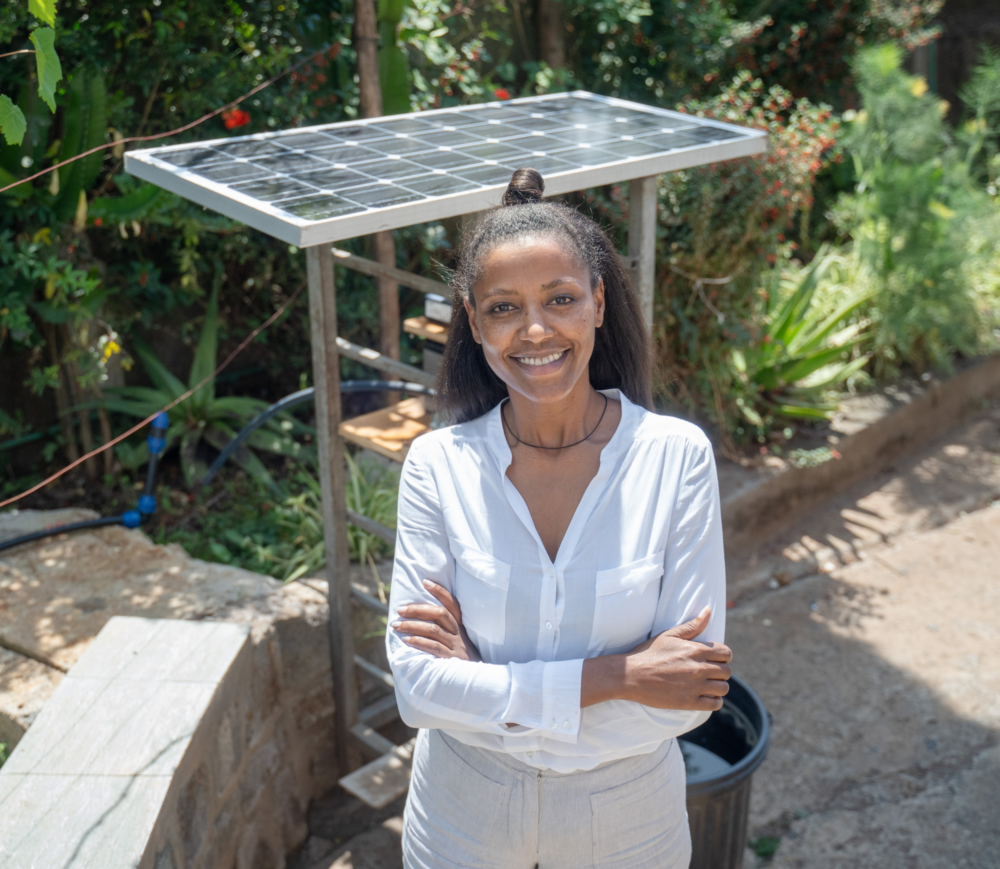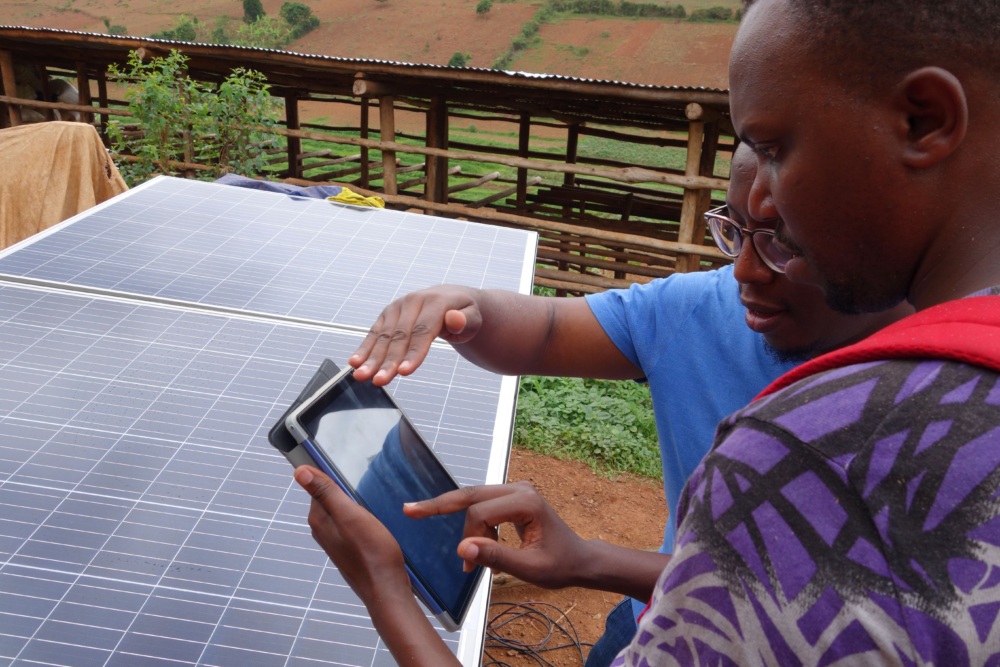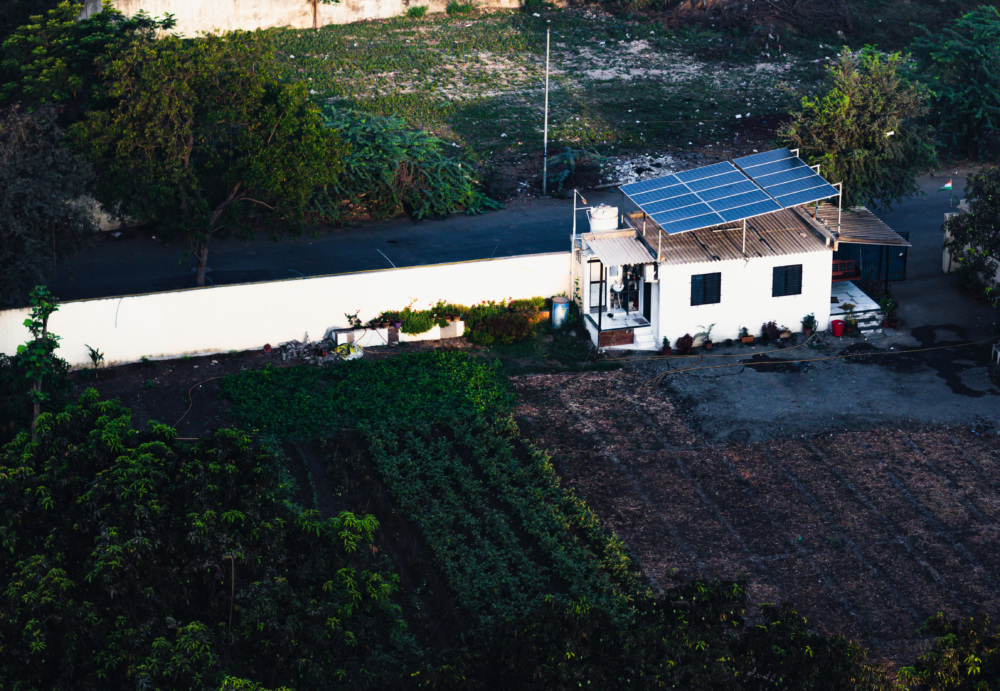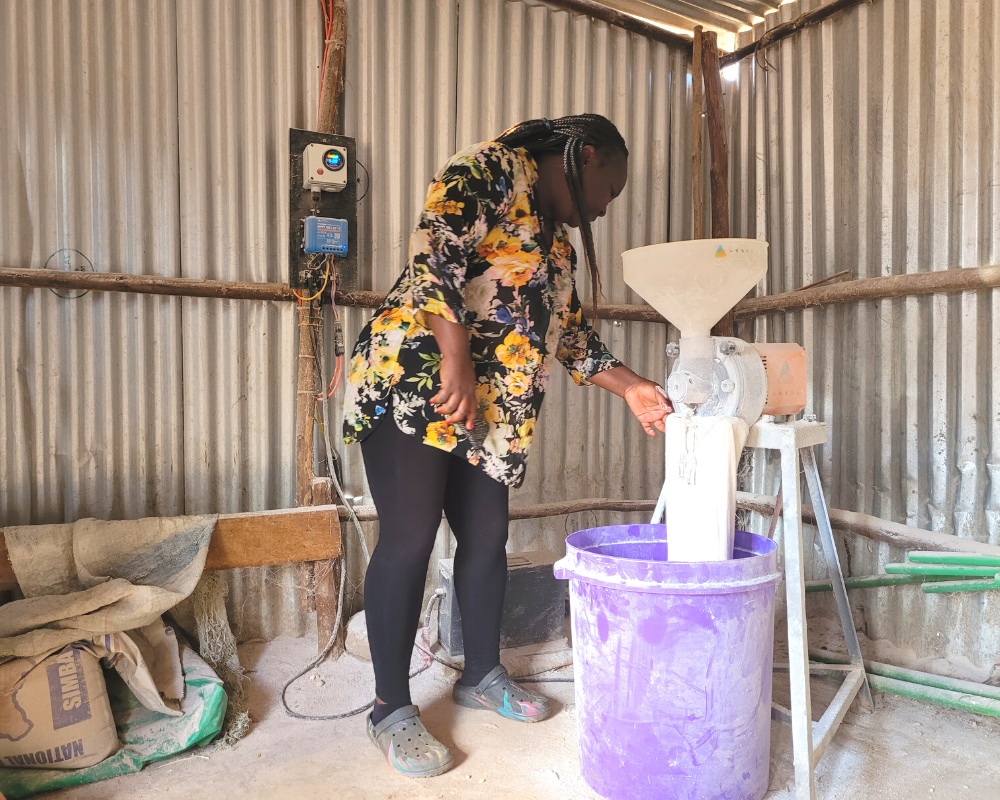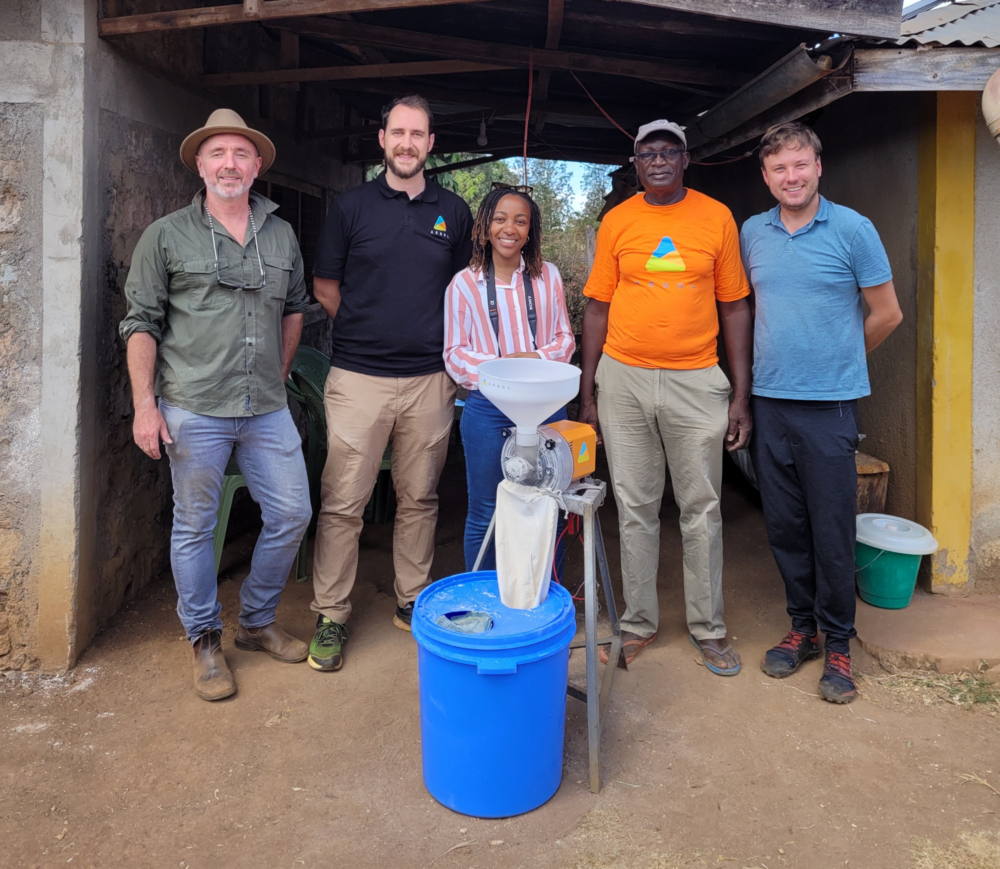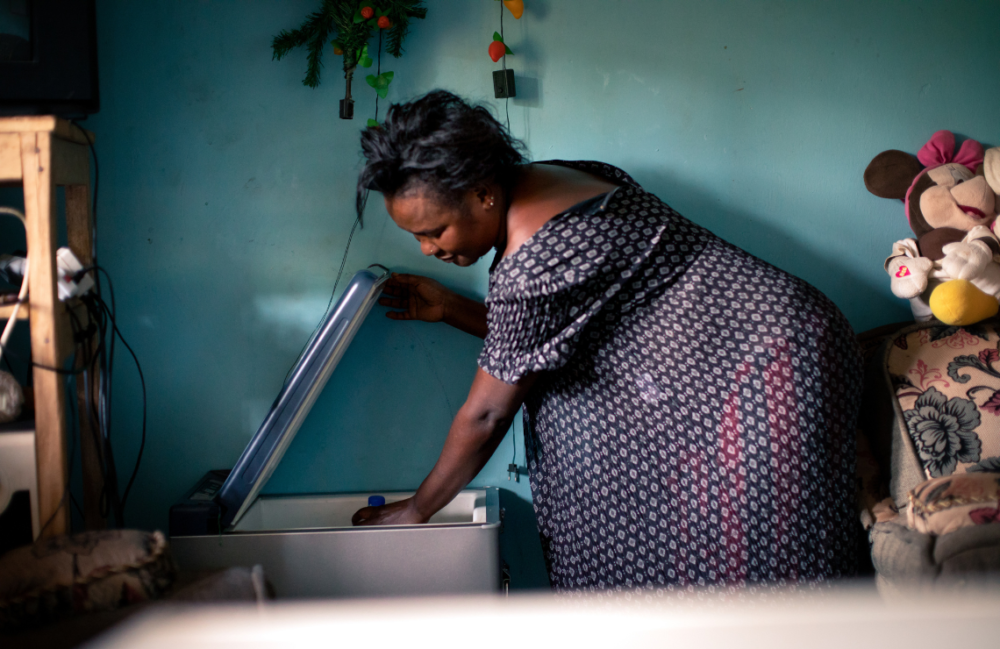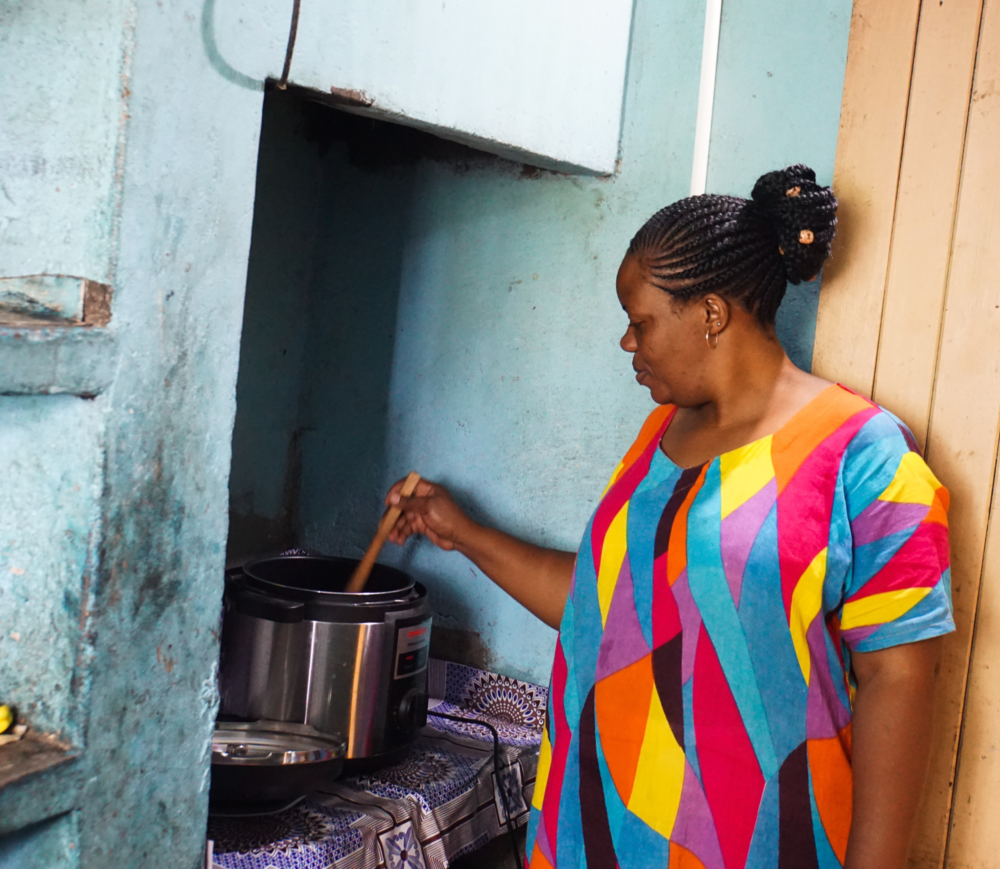New Analysis from Efficiency for Access Provides Detail on the Solar Water Pump Market in sub-Saharan Africa and South Asia Like Never Before
New research from Efficiency for Access offers insights on the solar water pump market in sub-Saharan Africa and South Asia like never before, underscoring a growing business case for promotion and adoption. Energy-efficient and affordable solar water pumps have the potential to be a critical enabler of economic growth and security for more than 500 million smallholder farmers worldwide. Approximately 95% of farmed land in sub-Saharan Africa and 60% of land in South Asia relies solely on unpredictable seasonal rainfall to meet water needs. Situated at the heart of the water-food-energy nexus, solar water pumps can play an important role in delivering a sustainable water supply in an increasingly climate-sensitive world, all while reducing or preventing harmful greenhouse gas emissions and improving the incomes and resilience of rural households worldwide.
The solar water pump industry is at an important inflection point, with technology increasingly well-adapted for small-scale users and prices on the decline. Declining costs in photovoltaic technology had led to irrigation products better tailored for smallholder farmers. While the upfront cost of a solar water pump remains high, potential fuel cost savings and income gains from high-value crops would allow some farmers to break even on their investment within 12-18 months. These, improvements in affordability coupled with high potential latent demand and underrepresented sales data in sub-Saharan Africa and India, indicate growing opportunities for solar water pumps to drive sustainable development.
The current addressable market in sub-Saharan Africa and India is estimated at USD 15.6 billion, representing 4.9 million units. Over the next decade, the market in sub-Saharan Africa is expected to triple to USD 1.6 billion by 2030, while the market in India may contract from USD 15.1 billion due to the removal of a government subsidy. Markets are unique and constantly evolving from very different baselines. As such, market potential varies greatly depending on incumbent technologies, smallholder incomes, commercial value chains, and the relative maturity of the solar industry. Still, analysis finds affordability remains one of the greatest challenges to achieving scale across geographies.
Solar water pump technology needs to be accessible to the mass market of smallholder farmers across Sub-Saharan Africa and South Asia to realize its full potential. Industry players will need to respond in a coordinated manner to the severe affordability barriers faced by many farmers. To accelerate the growth and uptake of solar water pumps in sub-Saharan Africa and South Asia, five broad types of interventions could be introduced:
- –Policy incentives that create favorable policy environments that link off-grid solar irrigation to broader national development agendas;
- –Financial solutions that promote innovative financing models (e.g. PAYGO, leasing, asset loans, off-taker structures) that expand access to finance for consumers;
- –Technological improvements that reduce prices and better tailor products to smallholder farmers;
- –Strengthened partnerships across the value chain among product manufacturers, distributors, finance providers, and organizations that have access to end customers; and
- –Expanded research on solar water pumps that equips businesses with the information needed and enables governments and donors to design targeted interventions.
The precise combination of interventions most critical to stimulate solar water pump penetration in specific nations will vary by market maturity. Interventions should be tailored to the structure of the agriculture sector, the existence of incumbent technologies, the development of the solar industry, and the size and wealth of smallholder farmers.
The findings of this report present the solar water pump industry as one on the cusp of transition: the quantity, quality, and general interest in the technology have grown considerably in recent years. If markets are properly cultivated, solar water pumps can help deliver considerable progress toward the United Nations Sustainable Development Goals, enhancing the wellbeing and prosperity of people and planet.
Read the full report and visit Efficiency for Access to learn more about how CLASP is working to develop markets for energy-efficient off-grid appliances.


